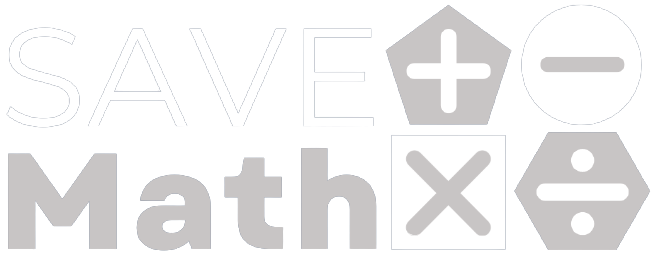
It’s Not about Math
This commentary was based on the 2021 draft version of the California Mathematics Framework. An updated version of this critique, based on the final draft (3/14/2022) of the framework - Second Field Review, is available here.
Item 1 of 6
Executive Summary
The draft framework devotes only 13% of its text to math content standards. As a result, math classes will no longer have math standards as their primary focus. The framework abandons the content standards it was tasked to uphold.
It’s Not About Math
According to the California Department of Education (CDE):
“Curriculum frameworks provide guidance to educators, parents, and publishers, to support implementing California content standards.” (https://www.cde.ca.gov/ci/ma/cf/)
Yet, the draft framework (Jan. 2021 version of the CA Math Framework) devotes only 13% of its text (2704/19802 lines of text) to implementing math content standards. One would think the proposed math framework would focus on describing how to convey the required math subject content in detail, but unfortunately it does not.
In contrast, the 2013 CA Math Framework devoted approximately 66% of its total text (approximately 7200/10,900 lines of text) to implementing math content standards.
The proposed framework actually advocates not organizing around the CA math content standards:
“This framework reflects a revised approach , one that advocates for publishers and teachers avoiding the process of organizing around the detailed content standards ” (Ch. 1, Lines 616-617)
Staying true to this revised approach, the draft framework does not list all or much of the CA math content standards throughout its 800+ pages. Typically, a curriculum framework would orient around the content standards regarding when and how they should be taught --- to provide guidance to educators, parents, and textbook publishers. The draft framework does not.
The draft framework instead suggests the following to teachers:
- “Practical, beautiful, and unifying ideas should be the drivers for each unit, lesson, and activity that students encounter.” (Ch.8, lines 251-252)
- “Students need to be engaged in “authentic activities.” “An authentic activity or problem is one in which students investigate or struggle with situations or questions about which they actually wonder.” (Ch. 8, Lines 598-599)
While “authentic” tasks can be useful as meaningful learning opportunities, there is also a need to focus on specific math content standards that must be taught to ensure equity, opportunity, and proficiency for all students.
For example, what if students never wonder about factoring or multiplication tables? What if students never wonder about other important math content standards? Given the draft framework’s guidance, would educators just skip the teaching of anything students do not wonder about?
Rather than explain what specific content standards actually mean and look like in teaching, as prior adopted frameworks have done, the proposed framework describes “mathematical investigations” (Ch. 4, Lines 69-71, 112-114) where students “might” or “may” notice important math (concepts). There is no mention that students “must” master math content standards, however, in the draft framework. In fact, a word search finds the words “might” and “may” appear 435 times in the draft framework.
The following are a few examples:
- “They may also attempt to identify a constant of proportionality, (Standard 7.RP.2.b)” (Ch. 3, Lines 1455-1456)
- “Upper elementary students might notice when dividing 25 by 11 that they are repeating the same calculations over and over again, and conclude they have a repeating decimal." (Ch. 4, Lines 341-343)
- "By paying attention to the calculation of slope as they repeatedly check whether points are on the line through (1, 2) with slope 3, middle school students might abstract the equation (y – 2)/(x – 1) = 3." (Ch. 4, Lines 343-346)
- "Noticing the regularity in the way terms cancel when expanding (x – 1)(x + 1), (x – 1)(x2 + x + 1), and (x – 1)(x3 + x2 + x + 1) might lead them to the general formula for the sum of a geometric series.” (Ch. 4, Lines 346-348)
Can we leave the learning of math up to chance -- based on what students might notice or might wonder about? Without the requirement that students must learn specific math content standards, how will students gain needed education? The draft framework doesn’t answer these questions.
Ironically, although the draft framework itself suggests avoiding the math content standards, Ch. 12 of the draft framework sets the criteria for textbook adoption around the content standards:
- “Materials that fail to meet all of the criteria in category 1 (Mathematics Content/Alignment with the Standards) will not be considered suitable for adoption.“ (Ch. 12, Lines 182-184)
While the focus for math textbook adoption is on “Mathematics Content/Alignment with the Standards,” the draft framework itself does not explicitly list all the math content standards, or when each one should be taught; information that textbook publishers rely upon to craft their textbooks.
With a focus on “practical, beautiful and unifying ideas” as the drivers for each lesson rather than math content standards, the proposed framework has relegated the learning of specific mathematical content and procedures to minimal status. Math classes no longer have math standards as their primary focus.
